We head out to lunch with Alan Jones, Conservation Officer at Humber Nature Partnership, to discover his day-to-day challenges and achievements looking after Burkinshaw’s Covert at Prax Lindsey Oil Refinery.
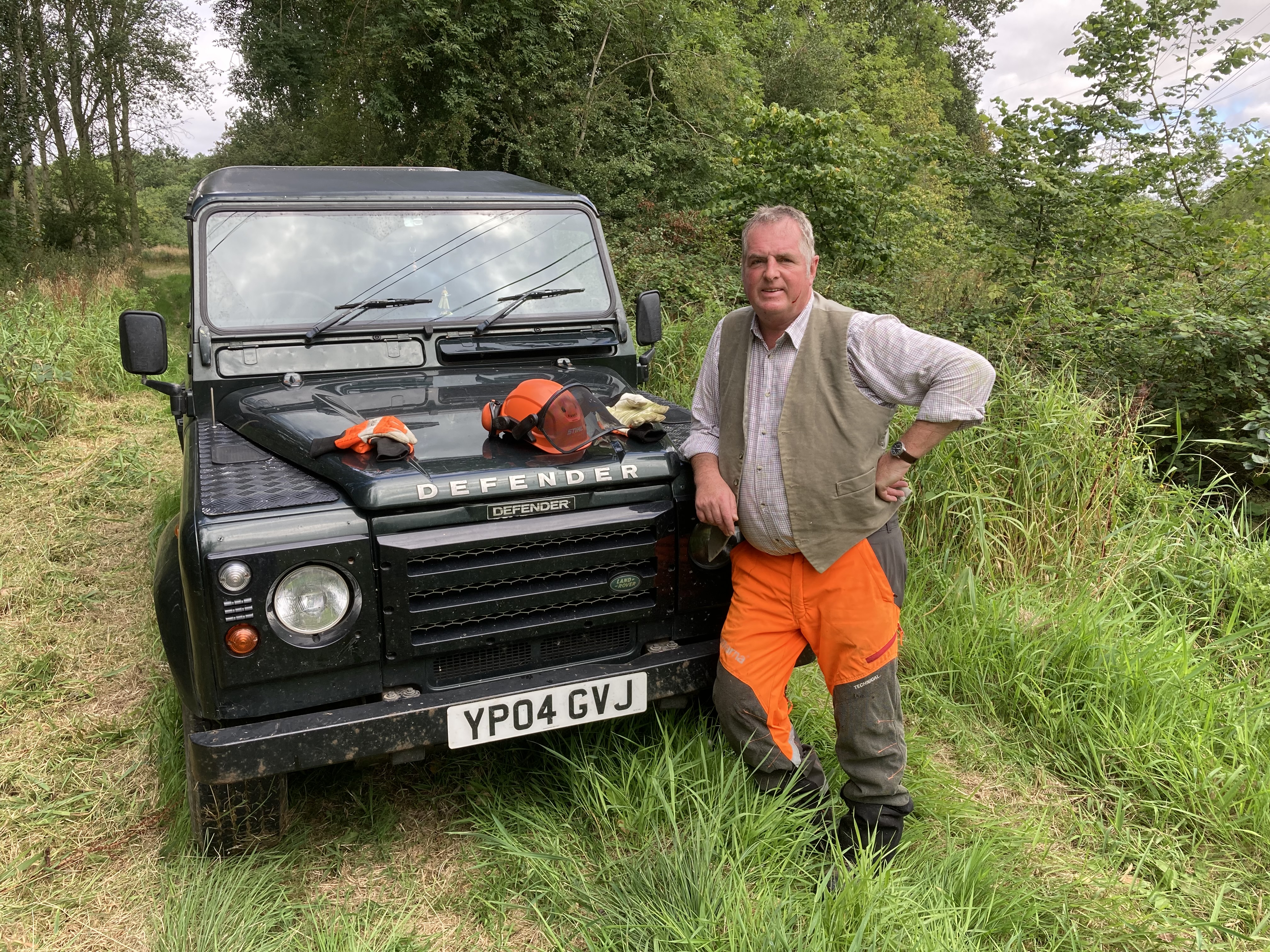
What is Humber Nature Partnership and what is the link with Burkinshaw’s Covert?
Humber Nature Partnership (HNP) is one of 47 ‘Local Nature Partnerships’ nationally formed after the 2010 UK Government White Paper on the Natural Environment. HNP has been around for much longer than other Nature Partnerships and we specifically focus on the area of the Humber Site of Scientific Interest (or Humber SSSI) which covers both banks of the River Humber from Spurn in East Yorkshire to Theddlethorpe in Lincolnshire, including both marine and terrestrial habitats.
Prax Lindsey Oil Refinery is a member of HNP and has been involved in this important conservation work from the earliest days. Given the importance of Burkinshaw’s Covert in the face of huge industrial developments on the south bank of the Humber, the refinery was far sighted enough to recognise the importance of Burkinshaw’s Covert for local wildlife. Working so positively with us, the refinery has transformed the woodland into one of the best managed woodland ‘nature reserves’ in the region.
How does the refinery support Burkinshaw’s Covert?
The refinery has made a huge difference to the Covert. Although the original Covert was a relatively small woodland planted in the 18th Century for shooting, the woodland was expanded to several times the size of the original during the 1960s when the refinery was built. Unfortunately, times were a bit less enlightened back then and all the new woodland was either blocks of a non-native polar or sycamore, both of which are of limited value for wildlife in terms of the animal species they support. The refinery has been changing this to native species such as oak, birch and hazel, which are much better for wildlife.
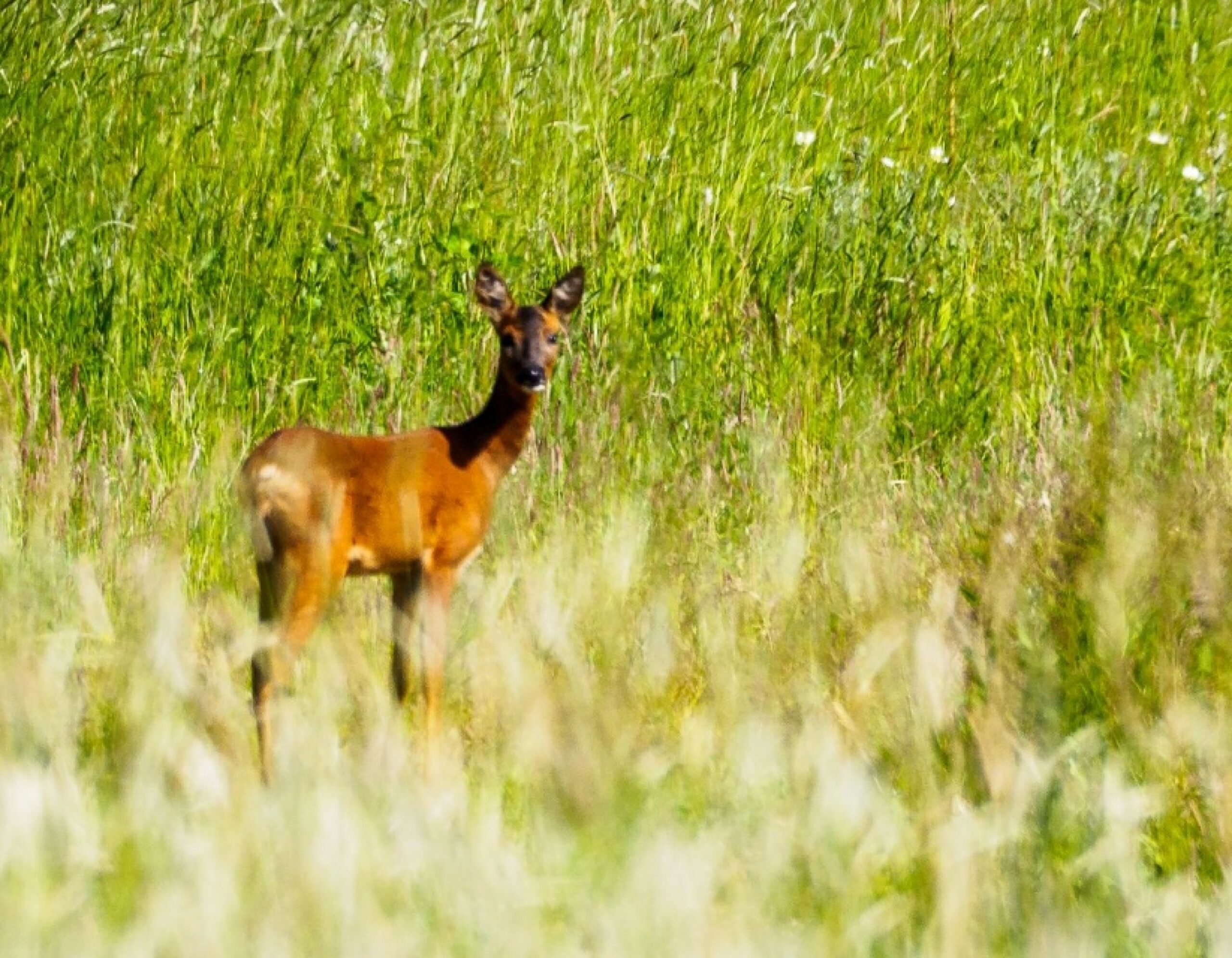
Do you do any other environmental work?
HNP is not just involved in Burkinshaw’s Covert. We work across the north and south banks of the Estuary on other member’s sites, including the five ABP Ports. We work with the Greater Lincolnshire Nature Partnership and the Wildlife Trusts – Yorkshire and Lincolnshire – on environmental conservation projects and issues. We also do work on other sites, including other woodlands and nature reserves. We are kept very busy!
What do you value most about working in Burkinshaw’s Covert?
Probably working with the volunteers from Humber Conservation Volunteers (or HCV) who do much of the practical work at the site. HCV do all of the replanting and look after all of the rides, glades, ponds and other habitats that have been introduced to the site. Sharing the wealth of wildlife we see with them makes all the hard work worthwhile.
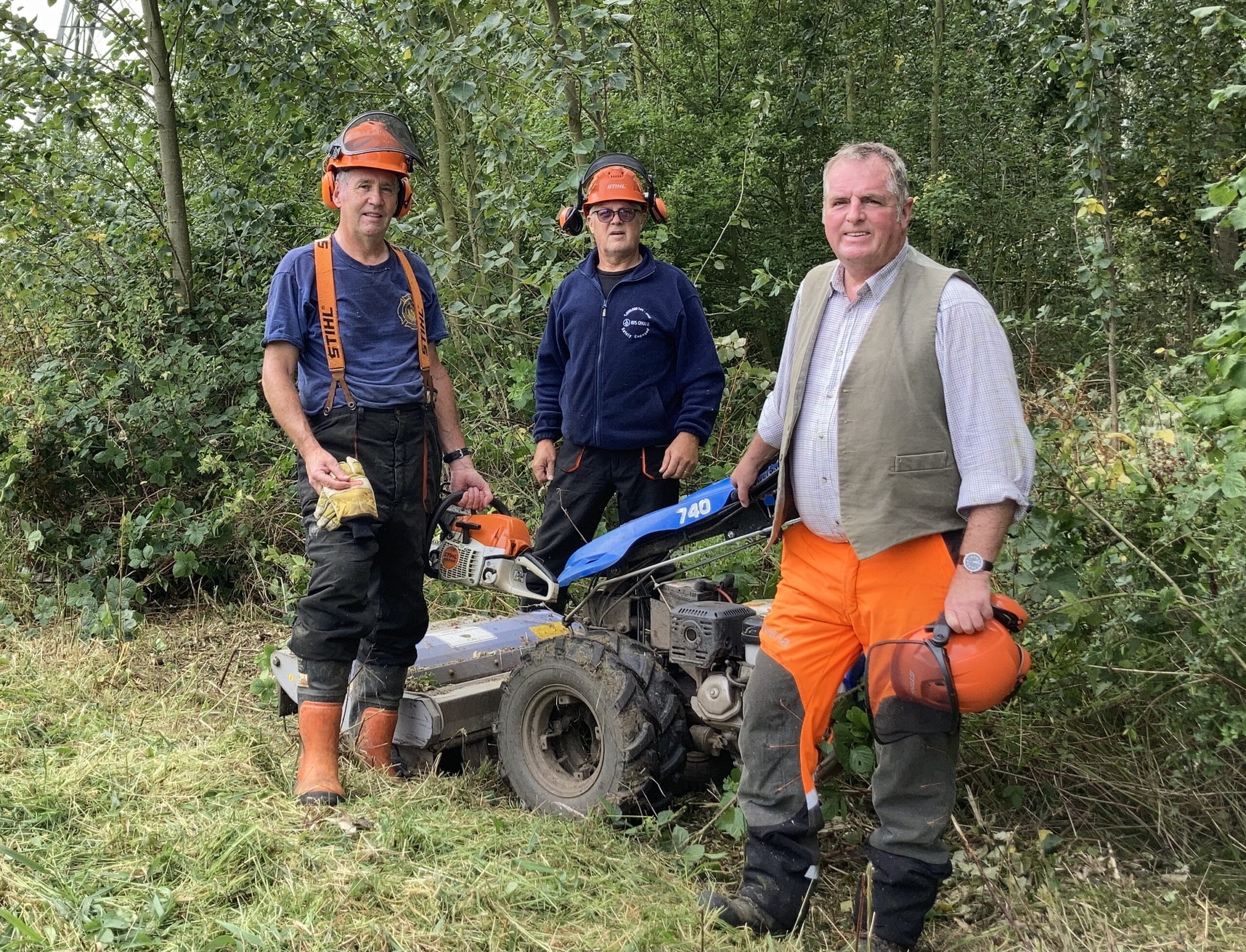
What is the history of the Covert?
We’re not aware of any old, pre-Ordnance Survey maps that show woodland and the guess is that, being on the coastal marshes, there either never was woodland since the last ice age or, if there was, it was cut down long ago. The original Covert itself was planted following the 1776 North Killingholme Enclosure Award and the ‘old ridge and furrow’ farming system is perfectly preserved and very evident in the floor of the woodland. Some of the old Covert disappeared below the refinery when it was built, but the new plantations were intended to make up for this.
One interesting artefact is an ancient, mediaeval hedge bank which can be seen on the northern boundary of the old Covert. This was not a parish boundary but is certainly very ancient, relating to the old, pre-enclosure landscape and is a riddle which still needs to be solved. Perhaps something to do with an old, monastic boundary?
How many volunteers do you currently have for the Covert?
Never enough and always more welcome! The volunteers are on site most Wednesdays.
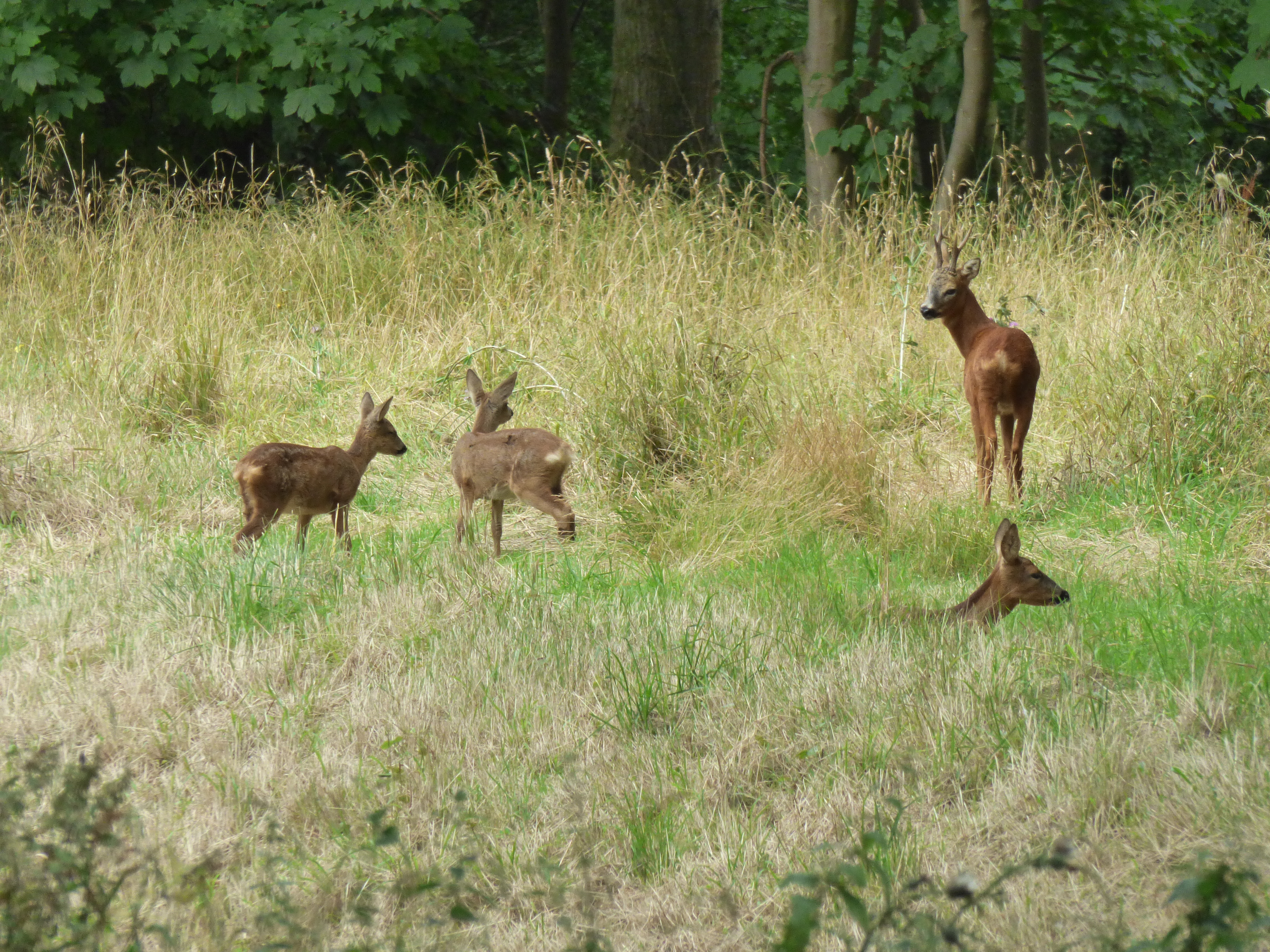
What type of work do the volunteers do?
All volunteers must be properly trained and qualified to use any power tools, whether it is chainsaws, the brushcutters, chipper, pedestrian flail, pesticides or anything else needed on site. They are also trained in more ancient crafts, such as traditional hedgelaying which takes place on site. They undertake all of the tree planting which takes place on site and may even get roped in to clearing the wildlife ponds of the reedmace which would take over if left to its own devices. One or two can drive the kettle and clear the biscuits, no problem!
What do you think are the biggest challenges the Covert will face in the next five years?
The natural world does have its challenges, often relating to human activity and influence. Dutch Elm Disease ravaged the old Covert in the past and we are now managing with the Ash Dieback epidemic. Species such as water voles have been lost to local drainage systems and may never be seen in the Covert again. Bees and other invertebrates are in decline and modern diseases, such as the recent Rabbit Haemorrhagic Diseases imported from China on pet rabbits, have done as much damage as Myxomatosis did to local and national rabbit populations. I suspect they will recover but you never know what is around the next corner. The biggest challenge is probably the isolation which is created by surrounding development and the loss of surrounding habitats and the habitat corridors which are essential in a healthy, local ecology. The Covert is an essential part of this ecology and must be managed imaginatively and resourcefully.
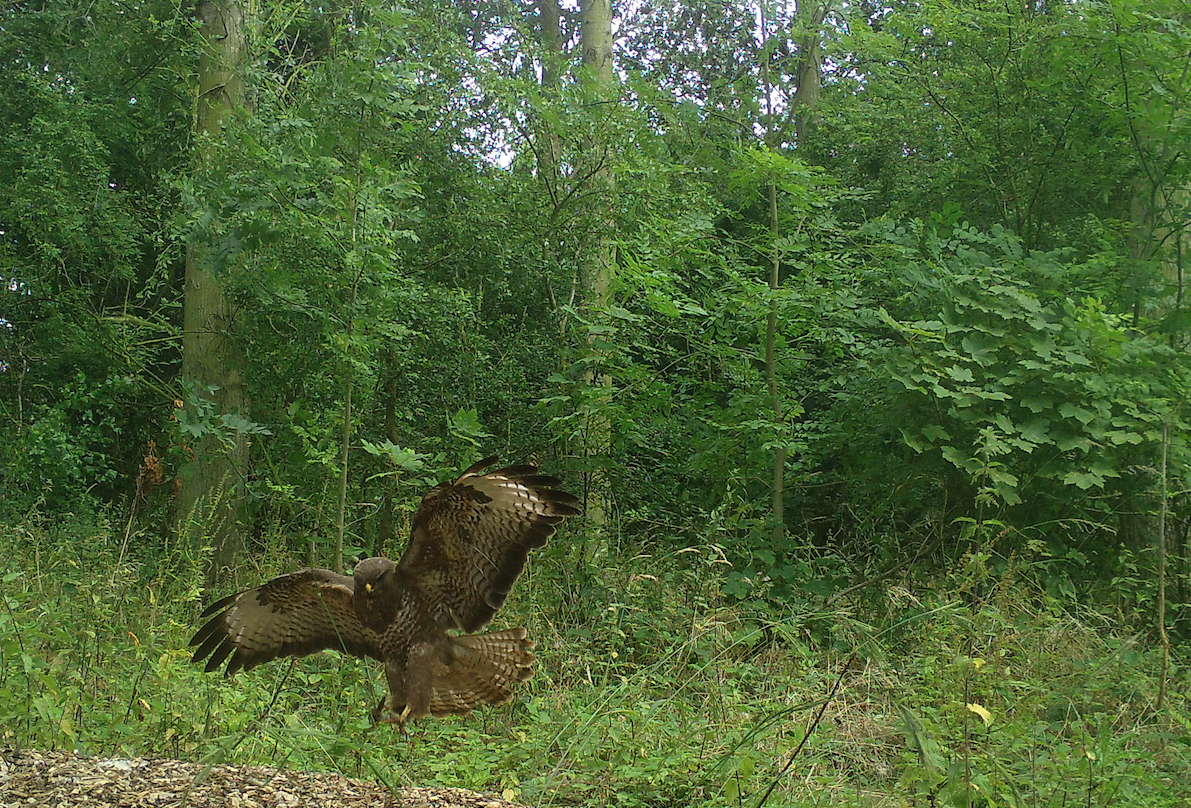
What can Prax employees do to help?
I would absolutely love to see more Prax employees and their families involved in the management of the Covert and enjoying the amazing wildlife of the place. Access to the countryside is great for physical and for mental wellbeing, and children love exploring somewhere like Burkinshaw’s and learning about the wildlife that is in there. Get in touch and get involved, I’d say!
What is the best thing about a typical day?
The best thing about a typical day is the wildlife. Maybe a buzzard circling overhead, or a dragonfly over the pond, or a new badger sett, or plenty of deer that disappear as soon as you get the camera out! Even an oak tree you pass most times you are in the woodland may catch your thoughts for a while and certainly, when you get a chance to see something like a tree you’ve planted emerging from its protective tube, or bluebells you’ve put in coming up, or orchids that are establishing because the management regime is working. I’m not sure there is anything ‘typical’ about working in somewhere like Burkinshaw’s Covert? You feel very privileged to be there.
